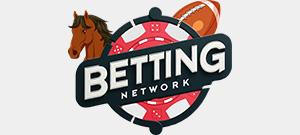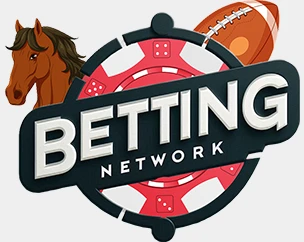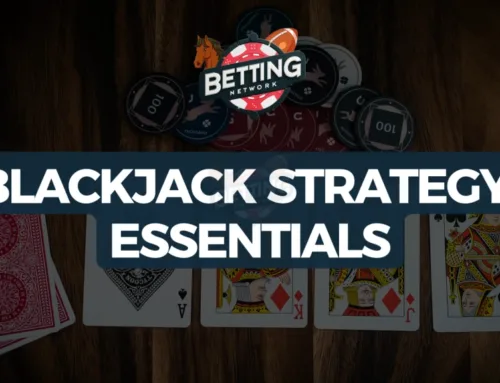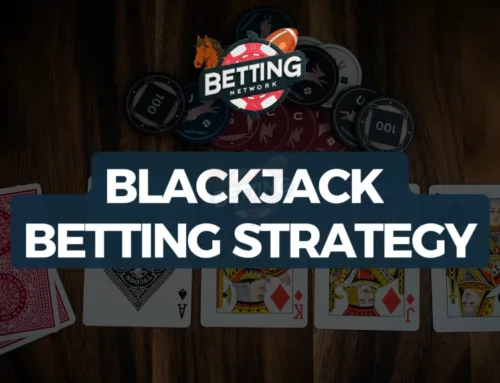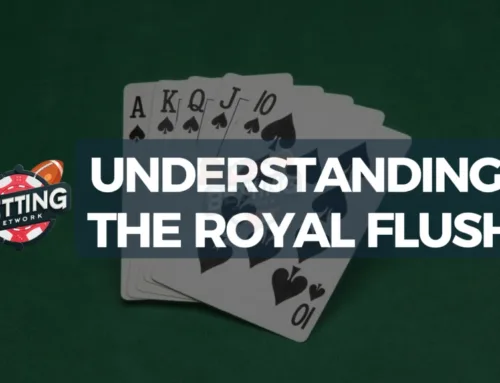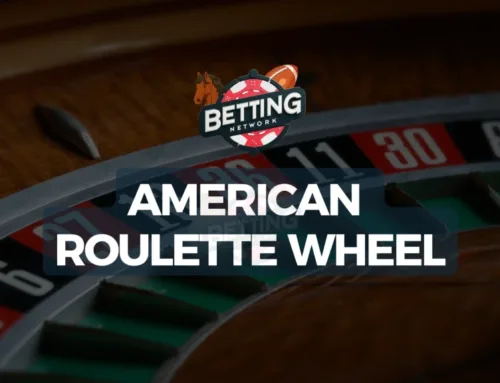Blackjack has enough phrases and terms to fill a proper glossary. Today, I want to explain What is DAS in Blackjack, and how it can help you win money.
What Does DAS Mean in Blackjack?
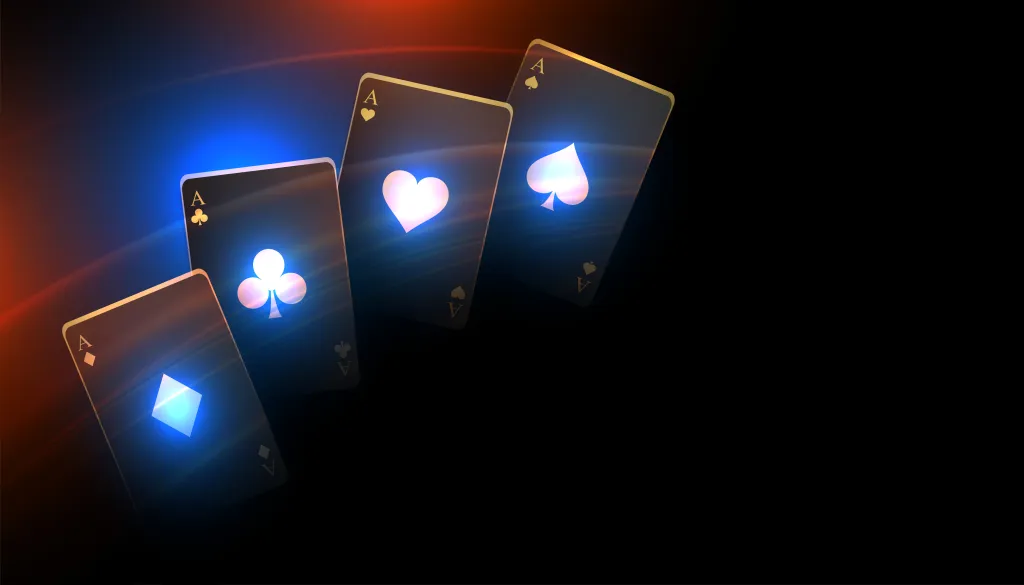
DAS stands for “Double After Split,” and under the right circumstances, it can be a power move that doubles your money in a single hand. Let’s take this step by step, because not all casinos allow you to double after split.
- Splitting a Pair: In blackjack, when you’re dealt two cards of identical value—like a pair of eights or kings—you can split them. This move turns your single hand into two separate ones, each with its own bet matching the original.
- What DAS Allows: Double After Split allows you to double your bet on one or both new hands created by the split. You’ll increase your initial bet and receive one more card for that hand.
- Ideally, you’ll want to split a strong pair. This additional card could dramatically tip the scales in your favor. If so, you’ll want to increase your bet to outplay the dealer.
Sounds great, right? but let’s also discuss the drawbacks for honesty’s sake.
DAS in Blackjack requires next-level decision-making. Yes, you could substantially boost your winnings for that hand, but it can also magnify your losses if the extra hands aren’t strong. It’s a double-edged sword, so you’ll want to use DAS when the odds favor you.
Card counting can give you a significant edge in every facet of the game, but realistically, you won’t be able to count your cards online (assuming you’re not using third-party tools that will get you banned).
So, how can you use DAS in your favor?
Strategies and Gameplay: Mastering DAS in Blackjack
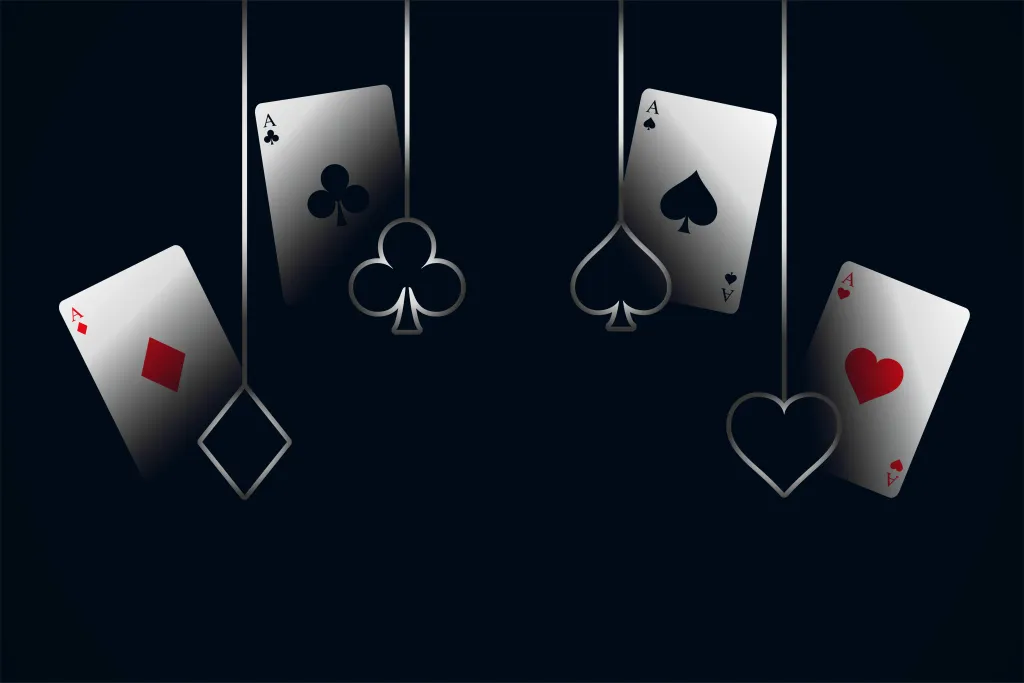
Incorporating DAS (Double After Split) into your blackjack strategy can be a game-changer. Here’s what to consider to use it effectively
First of all, you need to know when to split in Blackjack. We have a whole guide on this topic and it touches on the most important aspect of it all: identifying high-value cards. Aces or eights, for instance, are pretty good options for splitting.
The second factor you need to consider is the dealer’s upcard. If the dealer has a weaker card (such as a 5 or a 6), then DAS becomes an even better option. Not only will you build a couple of (potentially) good hands, the dealer might also bust trying to match your hands.
You’ll want to avoid splitting twos or threes and using DAS too. These are low-value splits, and if the dealer has a strong upcard, then you’re setting yourself up for a major loss. Remember, not all pairs are worth splitting.
These general guidelines are more than enough for a blackjack beginner. Understanding the nuance that comes from knowing when to split comes with practice (sorry, no point sugarcoating this part). Oh, and please make sure that you can use DAS in your casino or platform of your choice. Not all cardrooms accept DAS, so keep that in mind.
As a parting advice, I highly recommend you check out some of our favorite free platforms to get that valuable practice and experience under your belt without breaking the bank!
FAQs on What is DAS in Blackjack
1. What does DAS mean in blackjack?
DAS stands for “Double After Split.” It is a rule in blackjack that allows players to double their bet on each of two hands formed after splitting a pair. Now all Casinos allow this, but it can potentially increase winnings if the hands after the split are strong.
2. How does the DAS rule affect gameplay in blackjack?
The DAS rule adds a strategic layer to blackjack, offering players the chance to increase their wager on promising hands after a split. It can be a powerful move if you split a pair of cards with strong individual values, such as 8s or Aces.
3. Is DAS available in all blackjack games?
No, not all blackjack games offer the DAS option. The availability of DAS can vary depending on the casino or the specific game variant you are playing. Always check the platform’s or table’s rules before you put your money on the line!
4. What are the benefits of using DAS in blackjack?
You can increase your potential payout by doubling your bet on hands that have a higher probability of winning post-split. It can turn decent hands into major money earners if you split the right cards.
5. Are there any drawbacks to the DAS rule in blackjack?
The main drawback of using DAS is the additional risk. If a player doubles their bet and loses, they stand to lose twice the amount on that hand. If you’re wise and stick to doubling down when the odds favor you, then it can be pretty powerful.
Blackjack has enough phrases and terms to fill a proper glossary. Today, I want to explain What is DAS in Blackjack, and how it can help you win money.
What Does DAS Mean in Blackjack?

DAS stands for “Double After Split,” and under the right circumstances, it can be a power move that doubles your money in a single hand. Let’s take this step by step, because not all casinos allow you to double after split.
- Splitting a Pair: In blackjack, when you’re dealt two cards of identical value—like a pair of eights or kings—you can split them. This move turns your single hand into two separate ones, each with its own bet matching the original.
- What DAS Allows: Double After Split allows you to double your bet on one or both new hands created by the split. You’ll increase your initial bet and receive one more card for that hand.
- Ideally, you’ll want to split a strong pair. This additional card could dramatically tip the scales in your favor. If so, you’ll want to increase your bet to outplay the dealer.
Sounds great, right? but let’s also discuss the drawbacks for honesty’s sake.
DAS in Blackjack requires next-level decision-making. Yes, you could substantially boost your winnings for that hand, but it can also magnify your losses if the extra hands aren’t strong. It’s a double-edged sword, so you’ll want to use DAS when the odds favor you.
Card counting can give you a significant edge in every facet of the game, but realistically, you won’t be able to count your cards online (assuming you’re not using third-party tools that will get you banned).
So, how can you use DAS in your favor?
Strategies and Gameplay: Mastering DAS in Blackjack

Incorporating DAS (Double After Split) into your blackjack strategy can be a game-changer. Here’s what to consider to use it effectively
First of all, you need to know when to split in Blackjack. We have a whole guide on this topic and it touches on the most important aspect of it all: identifying high-value cards. Aces or eights, for instance, are pretty good options for splitting.
The second factor you need to consider is the dealer’s upcard. If the dealer has a weaker card (such as a 5 or a 6), then DAS becomes an even better option. Not only will you build a couple of (potentially) good hands, the dealer might also bust trying to match your hands.
You’ll want to avoid splitting twos or threes and using DAS too. These are low-value splits, and if the dealer has a strong upcard, then you’re setting yourself up for a major loss. Remember, not all pairs are worth splitting.
These general guidelines are more than enough for a blackjack beginner. Understanding the nuance that comes from knowing when to split comes with practice (sorry, no point sugarcoating this part). Oh, and please make sure that you can use DAS in your casino or platform of your choice. Not all cardrooms accept DAS, so keep that in mind.
As a parting advice, I highly recommend you check out some of our favorite free platforms to get that valuable practice and experience under your belt without breaking the bank!
FAQs on What is DAS in Blackjack
1. What does DAS mean in blackjack?
DAS stands for “Double After Split.” It is a rule in blackjack that allows players to double their bet on each of two hands formed after splitting a pair. Now all Casinos allow this, but it can potentially increase winnings if the hands after the split are strong.
2. How does the DAS rule affect gameplay in blackjack?
The DAS rule adds a strategic layer to blackjack, offering players the chance to increase their wager on promising hands after a split. It can be a powerful move if you split a pair of cards with strong individual values, such as 8s or Aces.
3. Is DAS available in all blackjack games?
No, not all blackjack games offer the DAS option. The availability of DAS can vary depending on the casino or the specific game variant you are playing. Always check the platform’s or table’s rules before you put your money on the line!
4. What are the benefits of using DAS in blackjack?
You can increase your potential payout by doubling your bet on hands that have a higher probability of winning post-split. It can turn decent hands into major money earners if you split the right cards.
5. Are there any drawbacks to the DAS rule in blackjack?
The main drawback of using DAS is the additional risk. If a player doubles their bet and loses, they stand to lose twice the amount on that hand. If you’re wise and stick to doubling down when the odds favor you, then it can be pretty powerful.
Blackjack has enough phrases and terms to fill a proper glossary. Today, I want to explain What is DAS in Blackjack, and how it can help you win money.
What Does DAS Mean in Blackjack?

DAS stands for “Double After Split,” and under the right circumstances, it can be a power move that doubles your money in a single hand. Let’s take this step by step, because not all casinos allow you to double after split.
- Splitting a Pair: In blackjack, when you’re dealt two cards of identical value—like a pair of eights or kings—you can split them. This move turns your single hand into two separate ones, each with its own bet matching the original.
- What DAS Allows: Double After Split allows you to double your bet on one or both new hands created by the split. You’ll increase your initial bet and receive one more card for that hand.
- Ideally, you’ll want to split a strong pair. This additional card could dramatically tip the scales in your favor. If so, you’ll want to increase your bet to outplay the dealer.
Sounds great, right? but let’s also discuss the drawbacks for honesty’s sake.
DAS in Blackjack requires next-level decision-making. Yes, you could substantially boost your winnings for that hand, but it can also magnify your losses if the extra hands aren’t strong. It’s a double-edged sword, so you’ll want to use DAS when the odds favor you.
Card counting can give you a significant edge in every facet of the game, but realistically, you won’t be able to count your cards online (assuming you’re not using third-party tools that will get you banned).
So, how can you use DAS in your favor?
Strategies and Gameplay: Mastering DAS in Blackjack

Incorporating DAS (Double After Split) into your blackjack strategy can be a game-changer. Here’s what to consider to use it effectively
First of all, you need to know when to split in Blackjack. We have a whole guide on this topic and it touches on the most important aspect of it all: identifying high-value cards. Aces or eights, for instance, are pretty good options for splitting.
The second factor you need to consider is the dealer’s upcard. If the dealer has a weaker card (such as a 5 or a 6), then DAS becomes an even better option. Not only will you build a couple of (potentially) good hands, the dealer might also bust trying to match your hands.
You’ll want to avoid splitting twos or threes and using DAS too. These are low-value splits, and if the dealer has a strong upcard, then you’re setting yourself up for a major loss. Remember, not all pairs are worth splitting.
These general guidelines are more than enough for a blackjack beginner. Understanding the nuance that comes from knowing when to split comes with practice (sorry, no point sugarcoating this part). Oh, and please make sure that you can use DAS in your casino or platform of your choice. Not all cardrooms accept DAS, so keep that in mind.
As a parting advice, I highly recommend you check out some of our favorite free platforms to get that valuable practice and experience under your belt without breaking the bank!
FAQs on What is DAS in Blackjack
1. What does DAS mean in blackjack?
DAS stands for “Double After Split.” It is a rule in blackjack that allows players to double their bet on each of two hands formed after splitting a pair. Now all Casinos allow this, but it can potentially increase winnings if the hands after the split are strong.
2. How does the DAS rule affect gameplay in blackjack?
The DAS rule adds a strategic layer to blackjack, offering players the chance to increase their wager on promising hands after a split. It can be a powerful move if you split a pair of cards with strong individual values, such as 8s or Aces.
3. Is DAS available in all blackjack games?
No, not all blackjack games offer the DAS option. The availability of DAS can vary depending on the casino or the specific game variant you are playing. Always check the platform’s or table’s rules before you put your money on the line!
4. What are the benefits of using DAS in blackjack?
You can increase your potential payout by doubling your bet on hands that have a higher probability of winning post-split. It can turn decent hands into major money earners if you split the right cards.
5. Are there any drawbacks to the DAS rule in blackjack?
The main drawback of using DAS is the additional risk. If a player doubles their bet and loses, they stand to lose twice the amount on that hand. If you’re wise and stick to doubling down when the odds favor you, then it can be pretty powerful.
Blackjack has enough phrases and terms to fill a proper glossary. Today, I want to explain What is DAS in Blackjack, and how it can help you win money.
What Does DAS Mean in Blackjack?

DAS stands for “Double After Split,” and under the right circumstances, it can be a power move that doubles your money in a single hand. Let’s take this step by step, because not all casinos allow you to double after split.
- Splitting a Pair: In blackjack, when you’re dealt two cards of identical value—like a pair of eights or kings—you can split them. This move turns your single hand into two separate ones, each with its own bet matching the original.
- What DAS Allows: Double After Split allows you to double your bet on one or both new hands created by the split. You’ll increase your initial bet and receive one more card for that hand.
- Ideally, you’ll want to split a strong pair. This additional card could dramatically tip the scales in your favor. If so, you’ll want to increase your bet to outplay the dealer.
Sounds great, right? but let’s also discuss the drawbacks for honesty’s sake.
DAS in Blackjack requires next-level decision-making. Yes, you could substantially boost your winnings for that hand, but it can also magnify your losses if the extra hands aren’t strong. It’s a double-edged sword, so you’ll want to use DAS when the odds favor you.
Card counting can give you a significant edge in every facet of the game, but realistically, you won’t be able to count your cards online (assuming you’re not using third-party tools that will get you banned).
So, how can you use DAS in your favor?
Strategies and Gameplay: Mastering DAS in Blackjack

Incorporating DAS (Double After Split) into your blackjack strategy can be a game-changer. Here’s what to consider to use it effectively
First of all, you need to know when to split in Blackjack. We have a whole guide on this topic and it touches on the most important aspect of it all: identifying high-value cards. Aces or eights, for instance, are pretty good options for splitting.
The second factor you need to consider is the dealer’s upcard. If the dealer has a weaker card (such as a 5 or a 6), then DAS becomes an even better option. Not only will you build a couple of (potentially) good hands, the dealer might also bust trying to match your hands.
You’ll want to avoid splitting twos or threes and using DAS too. These are low-value splits, and if the dealer has a strong upcard, then you’re setting yourself up for a major loss. Remember, not all pairs are worth splitting.
These general guidelines are more than enough for a blackjack beginner. Understanding the nuance that comes from knowing when to split comes with practice (sorry, no point sugarcoating this part). Oh, and please make sure that you can use DAS in your casino or platform of your choice. Not all cardrooms accept DAS, so keep that in mind.
As a parting advice, I highly recommend you check out some of our favorite free platforms to get that valuable practice and experience under your belt without breaking the bank!
FAQs on What is DAS in Blackjack
1. What does DAS mean in blackjack?
DAS stands for “Double After Split.” It is a rule in blackjack that allows players to double their bet on each of two hands formed after splitting a pair. Now all Casinos allow this, but it can potentially increase winnings if the hands after the split are strong.
2. How does the DAS rule affect gameplay in blackjack?
The DAS rule adds a strategic layer to blackjack, offering players the chance to increase their wager on promising hands after a split. It can be a powerful move if you split a pair of cards with strong individual values, such as 8s or Aces.
3. Is DAS available in all blackjack games?
No, not all blackjack games offer the DAS option. The availability of DAS can vary depending on the casino or the specific game variant you are playing. Always check the platform’s or table’s rules before you put your money on the line!
4. What are the benefits of using DAS in blackjack?
You can increase your potential payout by doubling your bet on hands that have a higher probability of winning post-split. It can turn decent hands into major money earners if you split the right cards.
5. Are there any drawbacks to the DAS rule in blackjack?
The main drawback of using DAS is the additional risk. If a player doubles their bet and loses, they stand to lose twice the amount on that hand. If you’re wise and stick to doubling down when the odds favor you, then it can be pretty powerful.
